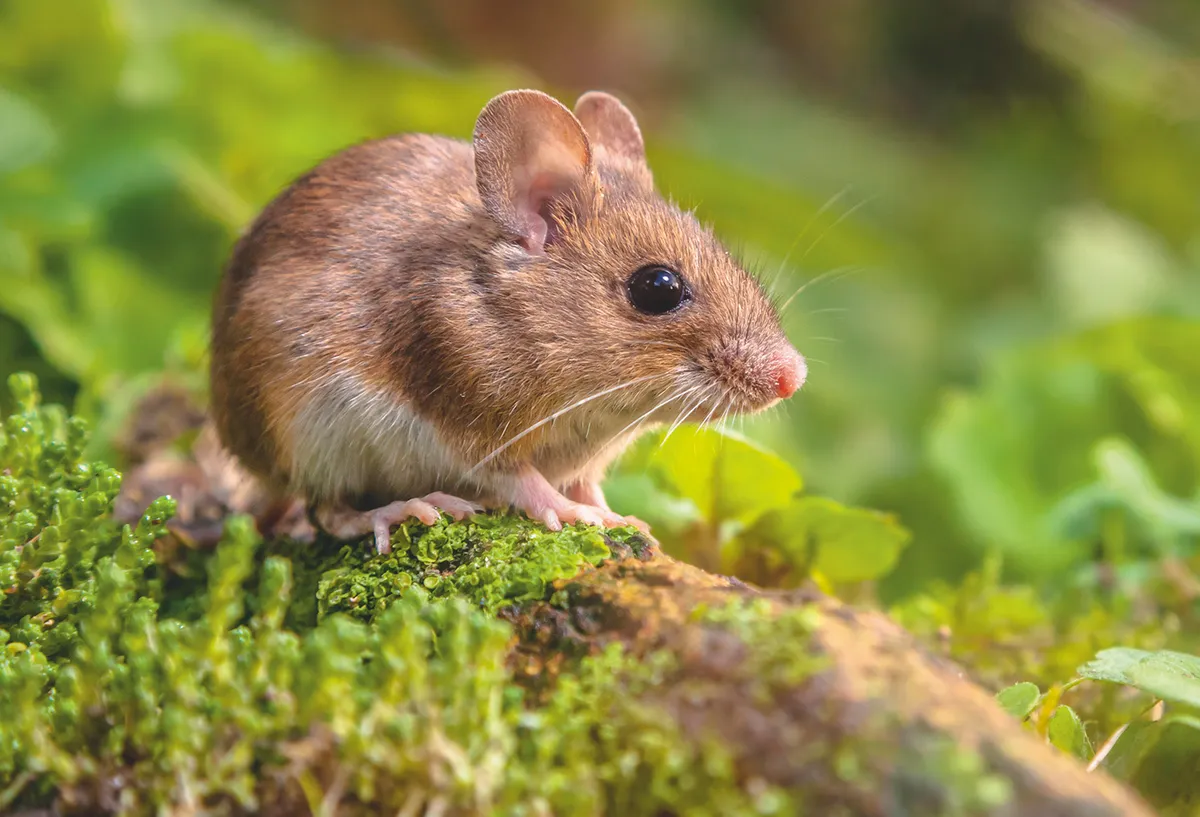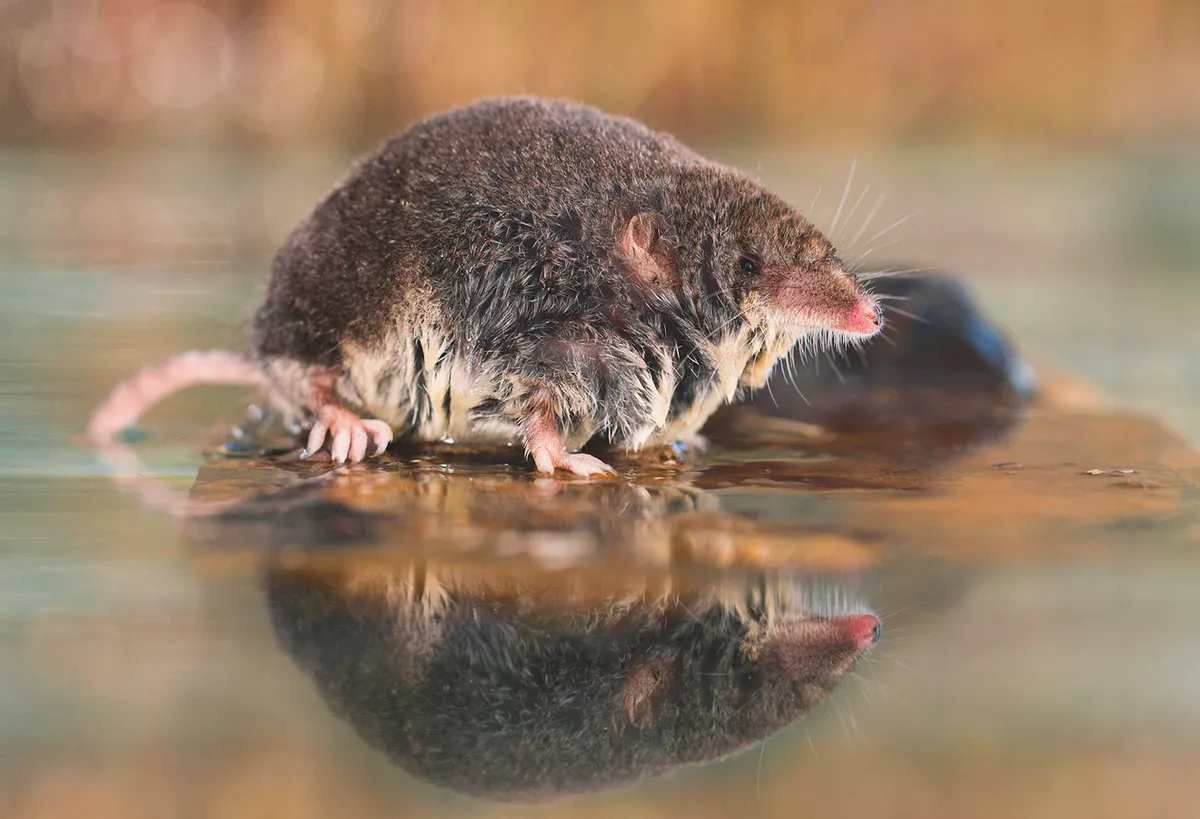What's the difference between a shrew and a mouse? Is a mouse different to a vole? How do you tell a house mouse from a harvest mouse, or a water vole from a bank vole ? What's the smallest mammal in Britain, and are shrews, voles and mice rare?
These small mammals of the British countryside exist in a variety of shades, have different diets and, on closer inspection, actually look quite different from one another. Yet they are often confused. To help you tell them apart, we've put together an ID guide to 10 of the most common species of shrew, mouse and voles in the UK.
Each identification includes notes on the mammal's size, colour, diet, habitat and key behavioural traits.
Find out more about Britain's mammals with our guides to deer, squirrels, pine martens and badgers.
10 common shrews, mice and voles of Britain
Harvest mouse

Orange brown with a white underside and small ears, this tiny mouse of open fields builds a ball-like nest and eats seeds, fruit and insects. 5–8cm long, tail 5–8cm.
House mouse

This small grey mouse of buildings and farmyards has small eyes and ears. It feeds on anything, especially seeds and invertebrates. 6–10cm long, tail 6–10cm.
Yellow-necked mouse

Confined to deciduous woods of southern England, this large mouse is tawny above, white below with big ears and eyes. Eats seeds. 9–12cm long, tail 8–11cm.
Wood mouse

Common in all habitats, this abundant mammal is dark brown with long tail, big ears and pointed muzzle. It eats fruit, seeds and invertebrates. 6–10cm long, tail up to 10cm.
Field vole

Grey-brown with tiny ears and eyes, this common but shy vole makes tunnels in leaf litter and grass, eating shoots and roots. 8–11cm long, tail 2–5cm.
Bank vole

A common vole of woodland and scrub. Warm brown with small ears and eyes, it runs rather than jumps and feeds on seeds, leaves and fruit. 8–12cm long, tail up to 5cm.
Water vole

Rare after major decline. This large brown aquatic mammal has small ears and is often seen swimming. Water voles eat waterside vegetation. Up to 22cm long, tail 14cm.
Common shrew

Our commonest shrew species is grey brown above, pale grey below, with long quivering snout. Voracious predator of invertebrates. 5.7cm long, tail 3–5.5cm.
Pygmy shrew

Smaller than the harvest mouse. Brown with grey below, it lives in dense flora from mountain to marsh. Eats spiders, woodlice, beetles. 4–6.5cm long, tail 3–4.5cm.
- Discover pygmy voles and Tollesbury Wick in Essex
Water shrew

Slate grey with a white underside, this aquatic species eats frogs and fish. Its bite is poisonous to small creatures. Up to 10cm long, tail 5–8cm.